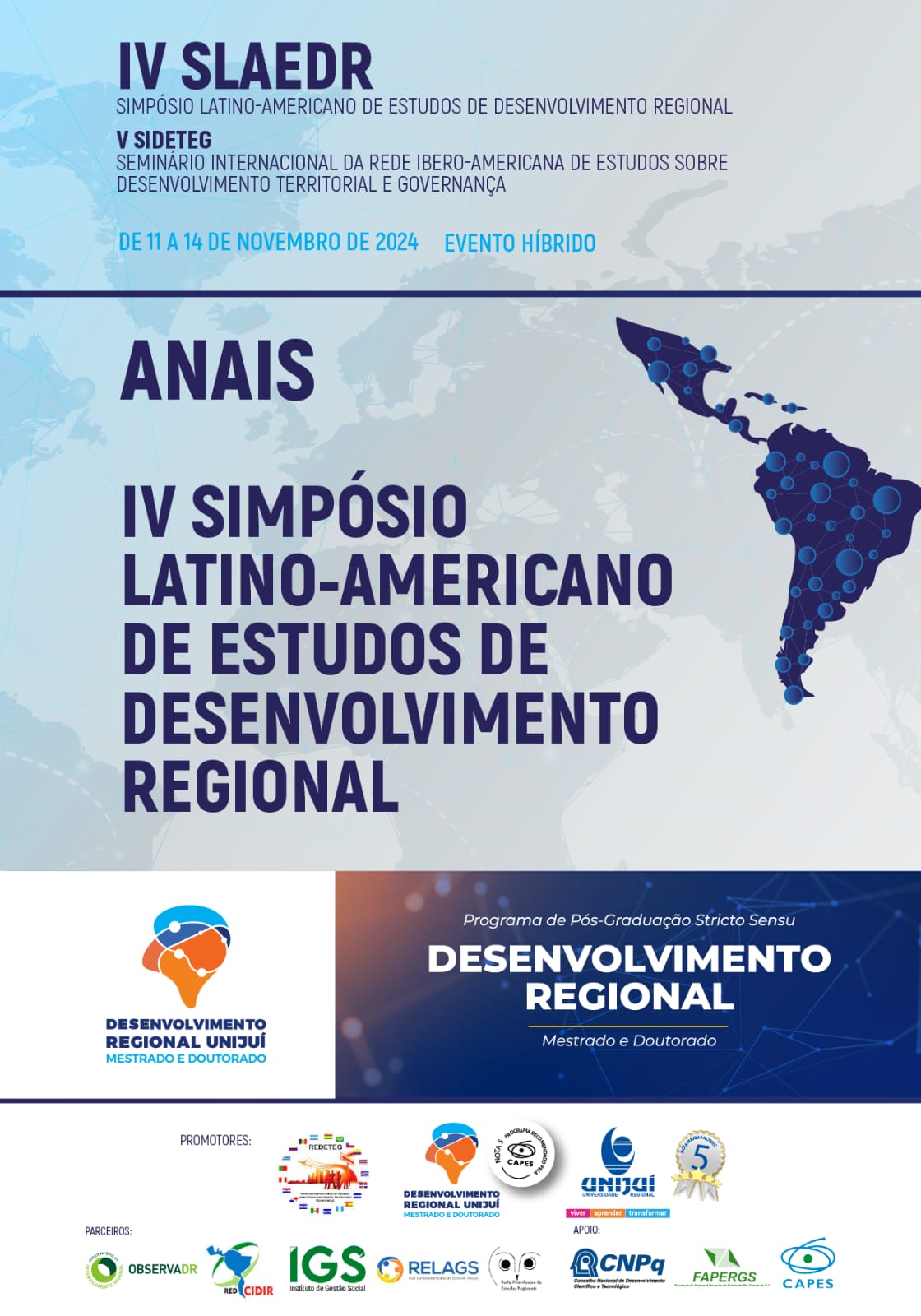Pegada de carbono em cadeias de abastecimento alimentar
uma revisão da literatura dos métodos de contabilização de gases causadores do efeito estufa
Palavras-chave:
Sistemas alimentares, Métodos, Emissão de gases de efeito estufa, Sustentabilidade, Avaliação do Ciclo de Vida (ACV).Referências
ARAÚJO, C. A. Bibliometria: evolução histórica e questões atuais. Em Questão, v. 12, n. 1, p. 11-32, 2006.
CHAUHAN, M. K. et al. Life cycle assessment of sugar industry: a review. Renewable and Sustainable Energy Reviews, v.15, n.7, p. 3445-3453, 2011.
COSTA, C. et al. Roadmap for achieving net-zero emissions in global food systems by 2050. Scientific Reports, v. 12, n. 1, p. 150-164, 2022.
CUCURACHI, S. et al. Life cycle assessment of food systems. One Earth, v. 1, n. 3, p. 292-297, 2019.
DENYER, D.; TRANFIELD, D. Producing a systematic review. In: BUCHANAN, D. A.; BRYMAN, A. (ed.) The Sage Handbook of organizational research methods. Thousand Oaks, CA: Sage Publications Ltd, 2009.
DINATO, R. M. Sistematização dos métodos de contabilização de emissões de gases de efeito estufa sob a ótica do ciclo de vida. 99 f. Dissertação (Mestrado em Engenharia Química) – Universidade de São Paulo, São Paulo, 2013.
FOOD AND AGRICULTURE ORGANIZATION OF THE UNITED NATIONS (FAO). The share of agri-food systems in total gas emissions: global, regional and country trends 1990-2019. Roma: FAO, 2021. Disponível em: https://www.fao.org/3/cb7514en/cb7514en.pdf. Acesso em: 22 ago. 2023.
GARCIA, R.; FREIRE, F. Carbon footprint of particleboard: a comparison between ISO/TS 14067, GHG Protocol, PAS 2050 and Climate Declaration. Journal of Cleaner Production, v. 66, p. 199-209, 2014.
HUPPES, G.; CURRAN, M. A. Environmental Life Cycle Assessment: Background and Perspective. In: CURRAN, M. A. (ed.). Life Cycle Assessment Handbook: a guide for environmentally sustainable products. Salem, MA: Wiley-Scrivener, 2012.
INTERGOVERNMENTAL PANEL ON CLIMATE CHANGE (IPCC). Climate change and land: an IPCC special report on climate change, desertification, land degradation, sustainable land management, food security, and greenhouse gas fluxes in terrestrial ecosystems: food security. 2019. Disponível em: https://www.ipcc.ch/site/assets/uploads/sites/4/2022/11/SRCCL_Chapter_5.pdf. Acesso em: 28 jun. 2023.
LÖFGREN, B.; TILLMAN, A.-M.; RINDE, B. Manufacturing actor’s LCA. Journal Of Cleaner Production, Amsterdam, v. 19, p. 2025-2033, 2011.
PANDEY, D.; AGRAWAL, M.; PANDEY, J. S. Carbon footprint: current methods of estimation. Environmental Monitoring and Assessment, v. 138, p. 135-160, 2011.
PIERAGOSTINI, C.; MUSSATI M. C.; AGUIRRE, P. On process optimization considering LCA methodology. Journal of Environmental Management, v. 96, n. 1, p. 43-54, 15 abr. 2012.
SISTEMA DE ESTIMATIVAS DE EMISSÕES E REMOÇÕES DE GASES DE EFEITO ESTUFA (SEEG). Estimativa de emissões de gases de efeito estufa dos sistemas alimentares no Brasil. Observatório do Clima. 2023, 89 p.
TUBIELLO, F. N. et al. Pre-and post-production processes increasingly dominate greenhouse gas emissions from agri-food systems. Earth System Science Data, v. 14, n. 4, p. 1795-1809, 2022.
UNITED NATIONS ENVIRONMENT PROGRAMME (UNEP). Global guidance principles for Life Cycle Assessment databases. A basis for greener processes and products. Paris, France: 2011.
WONGLIMPIYARAT, J. Does complexity affect the speed of innovation? Technovation, v. 25, p. 865-882, 2005.
WU, P.; XIA, B.; PIENAAR, J.; ZHAO, X. The past, present and future of carbon labelling for construction materials - a review. Building and Environment, v. 77, p. 160-168, 2014.
ZOCCHE, L. Identificação das limitações da ACV sob a ótica de pesquisas acadêmicas. 108 f. Dissertação (Mestrado em Engenharia de Produção) – Universidade Tecnológica Federal do Paraná, Ponta Grossa, 2014.



